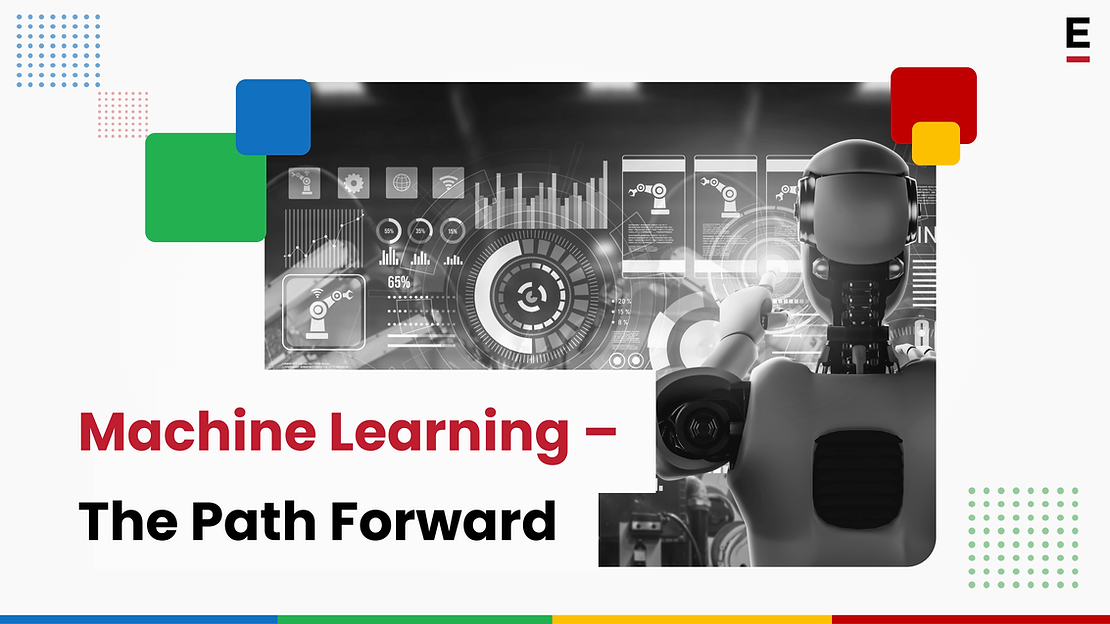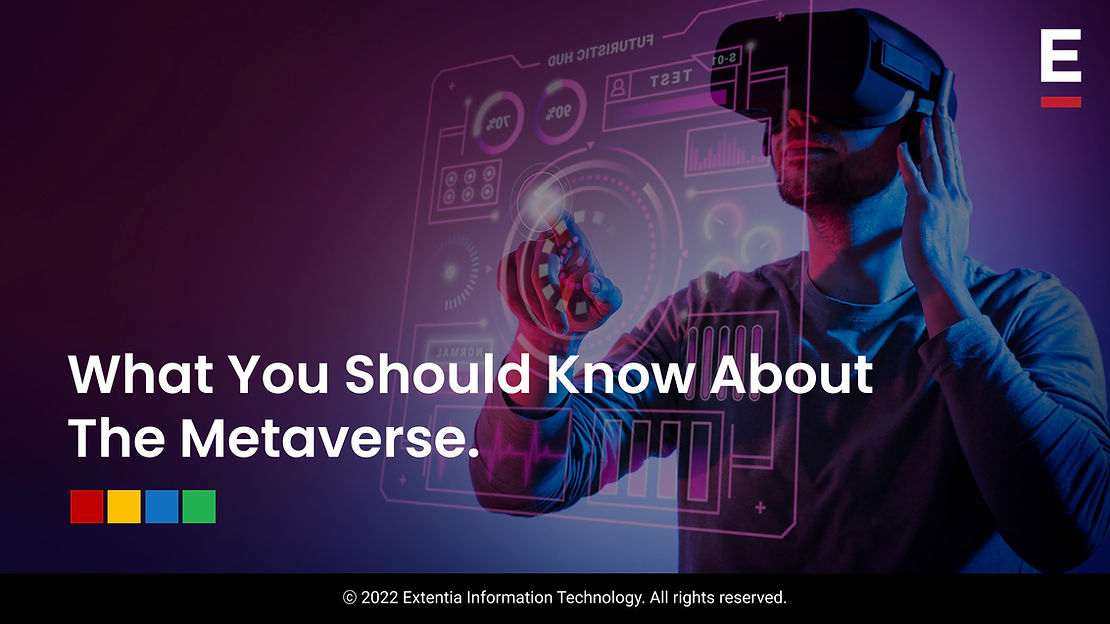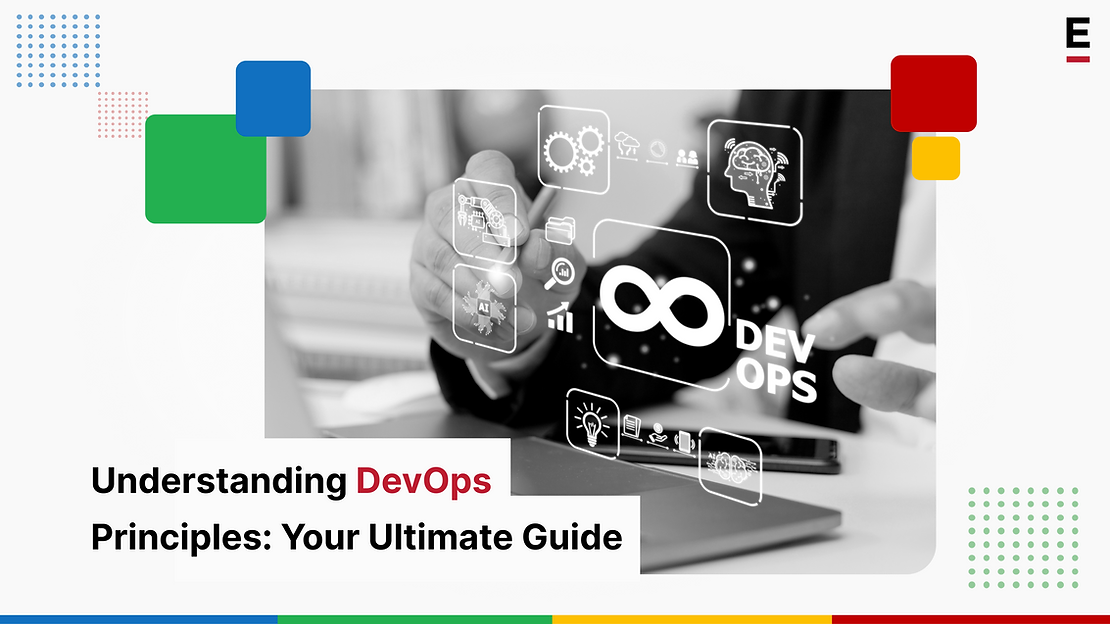The future of Machine Learning (ML) is incredibly promising as technological advancements continue to revolutionize the field. With the increasing amount of data available, Machine Learning models are becoming more accurate and robust. In the coming years, we can expect machine learning applications in various industries, from healthcare to finance to transportation. As the field continues to evolve, we can expect Machine Learning to become more accessible and user-friendly, allowing businesses of all sizes to take advantage of its capabilities. Ultimately, Machine Learning has the potential to transform the way we live and work, and its impact on society is only just beginning.
In this last blog post from the Machine Learning series, we talk about the future of Machine learning and how it trickles down in many areas of society.
Machine Learning Revolution in Contemporary Society
The advent of Machine Learning has radically transformed various industries and spheres of life, with its applications ranging from healthcare and finance to transportation and entertainment. MarketsandMarkets suggests that the global Machine Learning market size was valued at USD 8.43 billion in 2021 and is projected to reach USD 117.19 billion by 2027, growing at a CAGR of 44.9%. This exponential growth can be attributed to the increasing availability of data, advancements in computing power, and the growing need for intelligent decision-making in businesses.
This disruption is limited to its applications in business and industry, and influences how we perceive the world. Machine Learning algorithms can identify patterns and trends in complex datasets that may not be discernible by human intuition. Geoffrey Hinton says, “Consciousness is like a computer program. It will cease to be mysterious when we have a deep understanding of it.”
Machine Learning’s Need in the Economy of Tomorrow
Reflecting on Peter Drucker’s wisdom, “The best way to predict the future is to create it,” it’s fair to say that Machine Learning is an asset for expediting processes and surpassing human limitations. Innovations in Computer Vision and Natural Language Processing simultaneously have exceeded expectations, permeating our daily lives through facial recognition, language translation software, and autonomous vehicles. The once-imagined are swiftly becoming tangible realities, with enterprises moving to a more data-driven approach.
What’s unique about Machine Learning is that it operates on the premise of iterative algorithms, enabling systems to glean insights through experiential learning. As a subset of Artificial Intelligence, it empowers to predict outcomes with remarkable accuracy while fostering autonomy in program development and education. Given the prevalence of Machine Learning in society, envisioning a world without it seems unheard of, catalyzing an unprecedented demand for professionals in this burgeoning field.
Right Talent to Develop ML Algorithms
That’s when Machine Learning will disrupt employment. Statistics from the World Economic Forum’s “Future of Jobs Report” corroborate this sentiment, predicting that 50% of all employees will require reskilling by 2025. Machine Learning and Data Science are at the forefront of this upskilling wave giving rise to innovations in myriad industries—from finance to healthcare, eagerly adopting this transformative technology. However, this surge in demand has also exposed a glaring lacuna in the availability of qualified Machine Learning professionals.
The “illiterates of the 21st century” will not be those who cannot read and write, but those who cannot learn, unlearn, and relearn. Therefore, to bridge this gap, organizations embrace a two-pronged approach, investing in human capital and cutting-edge infrastructure. Per this philosophy, businesses are redoubling their efforts to nurture and retain top talent as they recognize the indispensability of a skilled workforce. This entails fostering collaboration, promoting interdisciplinary learning, and preparing the next generation of professionals.
The Need for Superior Computational Resources
The performance of Machine Learning models scales linearly with increasing computational resources. This symbiotic relationship enables us to push the boundaries of Machine Learning by uncovering hitherto unattainable insights. We anticipate a paradigm shift towards superior computation, with supercomputers, quantum computing, edge computing, and neuromorphic computing.
These avant-garde architectures possess the potential to accelerate Machine Learning algorithms and pave the way for ground-breaking applications in various domains such as personalized medicine, autonomous systems, and natural language processing. As models grow more sophisticated, it is critical to invest in the development of innovative computational resources. Gartner predicts that by 2025, the global AI market will be worth $1.2 trillion, and 75% of enterprises will invest in Machine Learning to remain proactive in leveraging these nascent technologies.
The Ethical and Ecological Resonance in ML Usage
Not to be overshadowed by the promises of Machine Learning we must address ethical and environmental concerns. Computational demands necessitate the development of energy-efficient hardware and sustainable practices. As we stand on the cusp of a new era in technology, organizations and individuals must be steadfast in their commitment to deploying computational resources that propel Machine Learning into the future and safeguard the ethical and ecological foundations upon which we build our digital infrastructure.
Although Machine learning is a vast topic that can’t be covered in a few blog posts, at Extentia, we picked the crux of the technology and have tried to give our readers a great platform of information to build upon. We hope you liked our content and will keep returning for more. Stay tuned for the next technology series!




